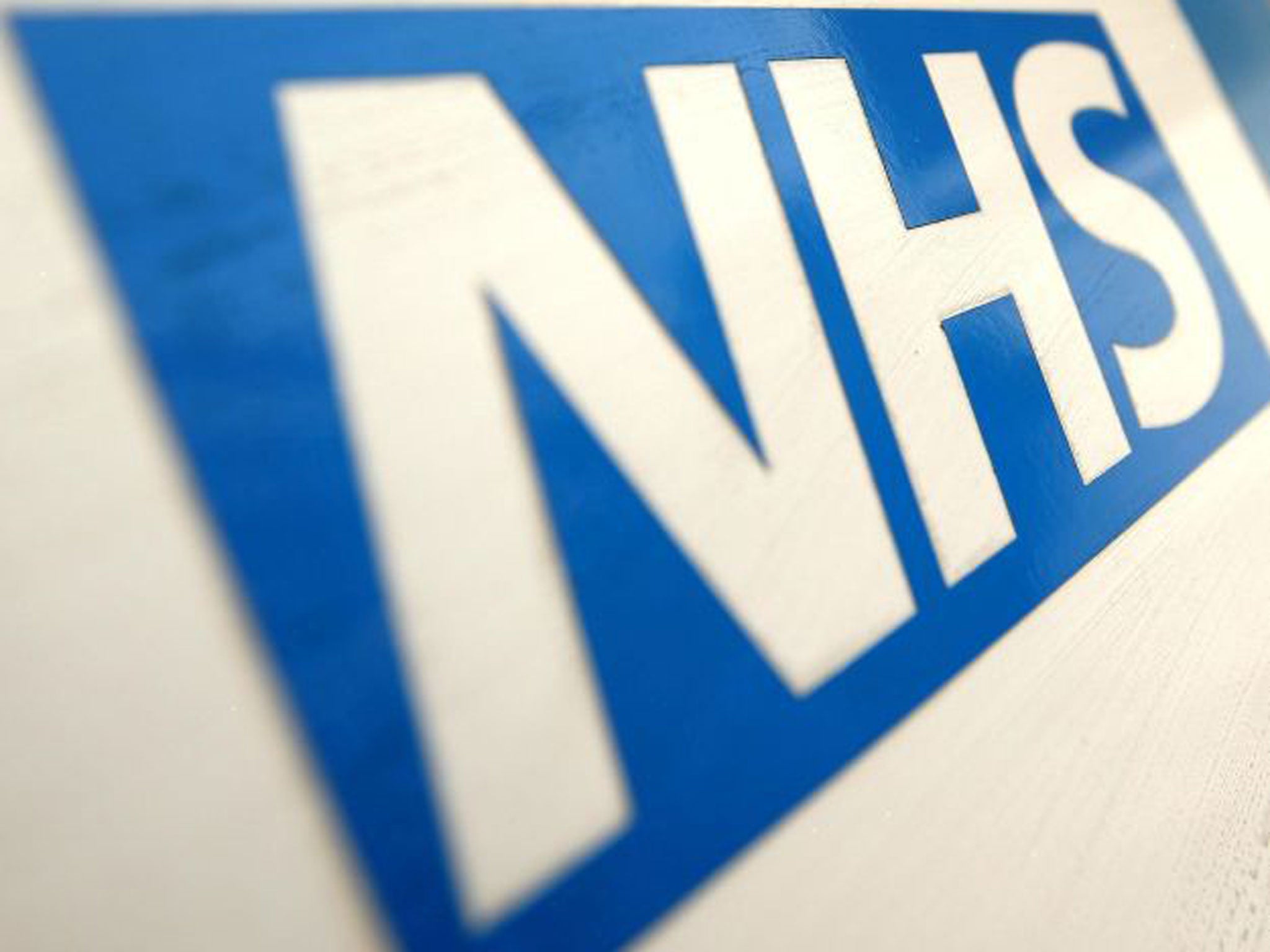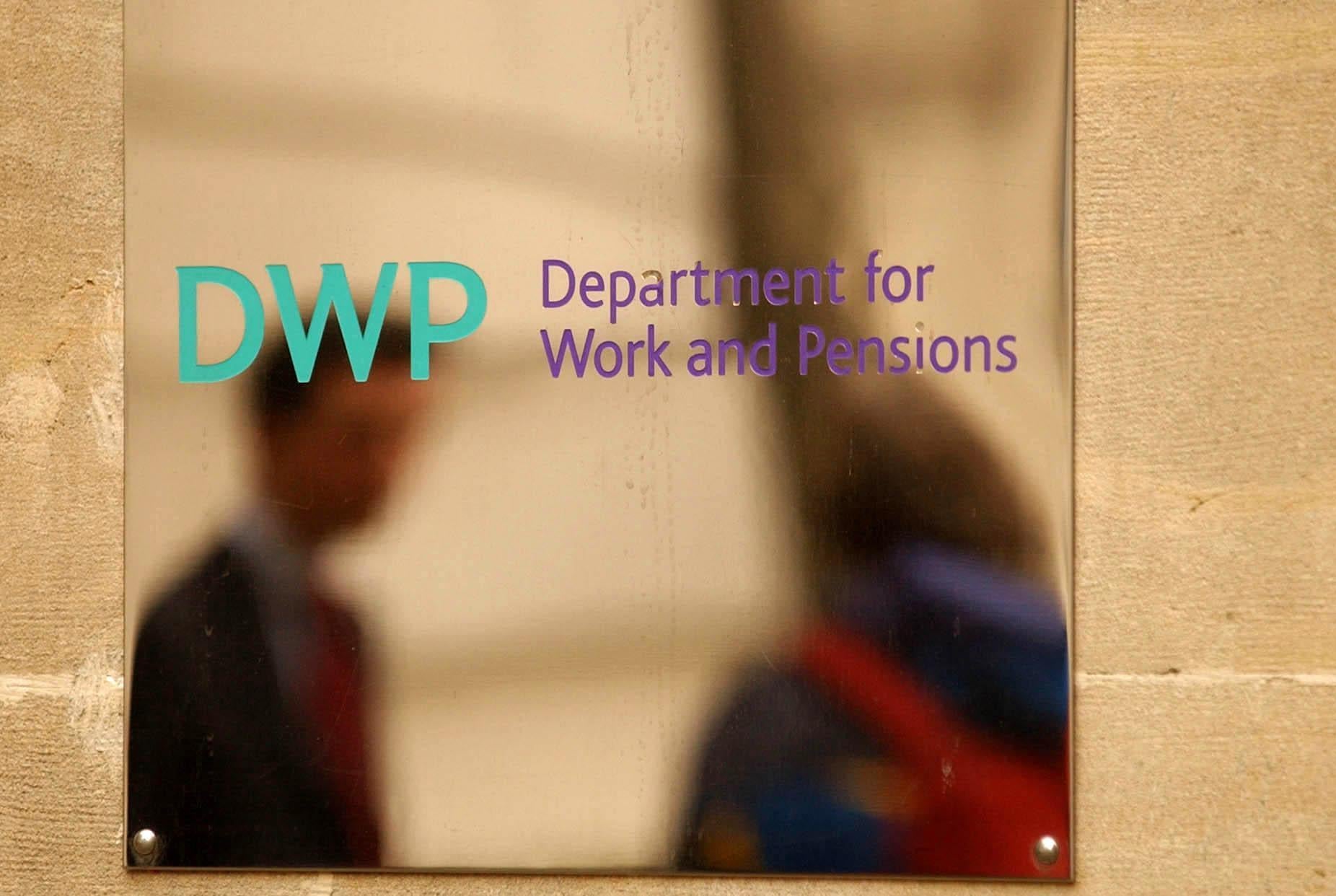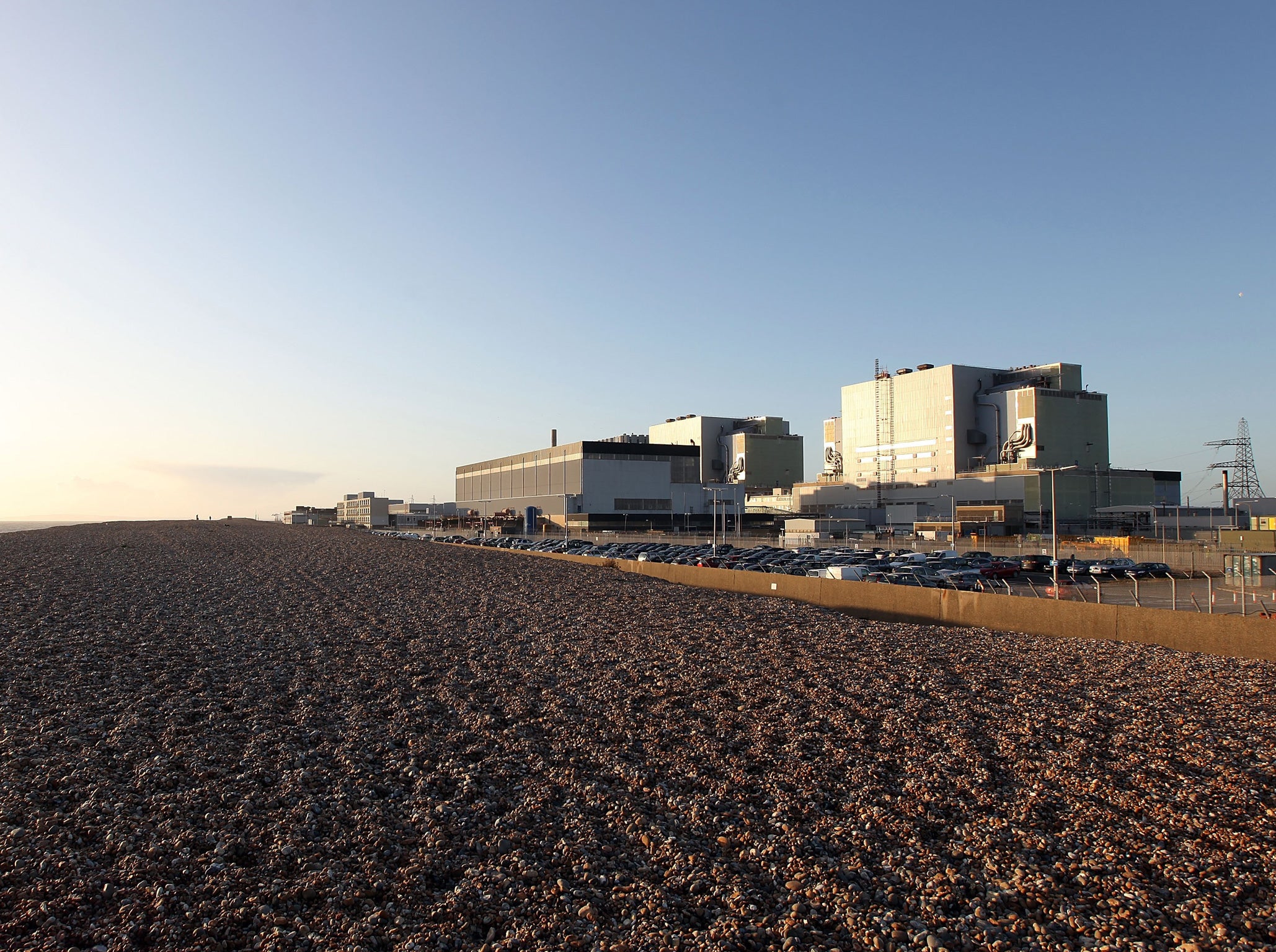Is test and trace really the most wasteful public spending programme ever?
A former top Treasury civil servant says test and trace is the most wasteful public spending programme of all time. But is this verdict justified? Or have there, in fact, been larger squanderings of taxpayers’ money in the past? Ben Chu investigates


Your support helps us to tell the story
From reproductive rights to climate change to Big Tech, The Independent is on the ground when the story is developing. Whether it's investigating the financials of Elon Musk's pro-Trump PAC or producing our latest documentary, 'The A Word', which shines a light on the American women fighting for reproductive rights, we know how important it is to parse out the facts from the messaging.
At such a critical moment in US history, we need reporters on the ground. Your donation allows us to keep sending journalists to speak to both sides of the story.
The Independent is trusted by Americans across the entire political spectrum. And unlike many other quality news outlets, we choose not to lock Americans out of our reporting and analysis with paywalls. We believe quality journalism should be available to everyone, paid for by those who can afford it.
Your support makes all the difference.The House of Commons’ Public Accounts Committee (PAC) has issued a scathing report on the value for money and effectiveness of the government’s £37bn test and trace programme.
The cross-party MPs group has concluded that despite an “unimaginable” level of expenditure – £37bn is roughly equivalent to the annual budgets of the Home Office, the Foreign Office, the environment department and the culture department combined – it had failed to make a “measurable difference” to the spread of the pandemic.
In response to the report, the former top civil servant in the Treasury, Lord Macpherson, tweeted that test and trace “wins the prize for the most wasteful and inept public spending programme of all time”.
But is this verdict justified? Or have there, in fact, been larger wastes of taxpayers’ money in the past?
Here The Independent explores some of the other contenders.
NHS IT system: £24bn
In 2002 the government of Tony Blair launched the “National Programme for IT in the NHS”.
The ambitious aim was to digitally integrate the entire health service in England within three years.
But it was plagued with huge cost over-runs and technical problems.

In 2011 the coalition government scrapped pretty much the entire programme, with the PAC estimating the total cost as north of £10bn.
Some estimates put the cost as high as £20bn, counting all the ongoing contracts to suppliers, or around £24bn in today’s money – enough to build more than a dozen hospitals.
“No one ever seems to have subjected it to a serious – or even back-of-the-envelope – cost-benefit analysis,” wrote Anthony King and Ivor Crewe in their 2013 book The Blunders of Our Governments.
Public service pension reform: £17bn
In 2010 the coalition government made public sector pensions less generous to reduce public spending.
But the reform, which allowed those within 10 years of retirement to remain on the old system, was challenged in court as illegally discriminating against younger public-sector workers.

This was a risk that a government-commissioned 2011 report by Lord Hutton had explicitly warned about.
The government eventually lost the court case in 2019. And the cost of rectifying the system to compensate those who lost out is expected to be around £17bn.
“A £17bn bill to rectify the incompetence of ministers and/or civil servants” is how Paul Johnson, the director of the Institute for Fiscal Studies, describes it.
Millennium Dome: £1.3bn
The Dome was conceived as a “Millennium Exhibition” to rival the Great Exhibition of 1851 and the Festival of Britain of 1951.
The project was to provide the centrepiece for national millennium-eve celebrations.
The project was inherited from John Major by Tony Blair, but the Labour leader greatly enhanced it.

But the project was a flop, with only 6.5 million visiting during its 12-month tenure, well under the projected 12 million under its business plan.
The total cost was estimated at around £780m, around £1.3bn today, with most coming from the National Lottery.
After various private sector bidders for the attraction dropped out, the government ultimately disposed of the Dome for nothing to a consortium of property developers (albeit with the prospect of some future proceeds, from its use a concert venue, returning to the government).
“In value-for-money terms, this is the best deal we could have got,” said the minister in charge, Lord Falconer.
Concorde: £10bn
In 1962 the British and French Governments signed a deal to develop the Concorde supersonic aircraft.
Initially, Concorde was projected to cost £160m. But by 1975, the year before its commercial launch, more than £1.2bn had been spent by the two governments on its development. That’s equivalent to around £10bn in today’s money.
Concorde was eventually foisted onto British Airways and Air France by their respective governments. Not a single aircraft was ever commercially sold to another carrier.
It was finally discontinued in 2003.
Despite the high cost of tickets for the three-hour transatlantic light, some have estimated that each Concorde passenger was publicly subsidised to the tune of approximately £3,300.
Gas-cooled nuclear reactors: £95bn
In the 1960s Harold Wilson’s Labour government commissioned five nuclear power stations to a newly developed British design, called the advanced gas-cooled reactor, or AGR.
The expectation was that the UK would ultimately be able to export the AGR technology for a profit.
“I am quite sure we have hit the jackpot,” said the minister in charge, Fred Lee.

The economist John Kay has calculated that total construction costs exceeded £50bn in 1996 prices. That would be some £95bn today.
The AGRs were sold when British Energy was privatised in 1996 for £2bn – but this was only because the government agreed to pick up the future decommissioning costs, which are estimated to stretch into tens of billions of pounds.
“If the [state-owned] Central Electricity Generating Board had been a commercial company the write-off would have represented by far the largest loss made by any company, anywhere, in business history,” says Professor Kay.
“The construction of these reactors was probably the worst economic decision ever made by the government of a rich state.”
The verdict
In truth it’s not easy to rank failed public-sector projects in terms of wastefulness, given the costs are accumulated over many different years and (some) have offsetting benefits.
For instance, the government looks unlikely to ever recoup the full £46bn it spent on Royal Bank of Scotland shares during the 2008-09 financial crisis, but the goal of this investment was to prevent the bank from failing and setting off a broader financial crisis, rather than to secure a financial return, so in that sense it succeeded.
Nevertheless, test and trace certainly seems likely to be close to the top of the league table if its performance really is as weak as the PAC suggests.
And even if it’s difficult to do an accurate comparison, we can learn some lessons.
What unites all these failed projects is that they were very large-scale, while in many cases, more modest plans would have been appropriate for achieving the desired goals.
Government ministers have tended to prefer the big, headline-grabbing project over the incremental improvement; Boris Johnson boasted last year that the new test and trace system was going to be “world-beating”.
Many of these projects also started from scratch, rather than building on what was already available, and were centralised. There is a clear echo of this with test and trace, which set up entirely new call-centres, rather than utilising local-government public-health teams to reach contacts of the infected.
Another common theme is that ministers and civil servants have often ploughed on with favoured grand projects, despite mounting problems. Often they have refused to heed warnings, rather than facing up to failure and accepting the need to cut losses.
As Anthony King and Ivor Crewe stress in The Blunders of Our Governments: “The problems with UK government are systemic, by no means confined to individual human beings or to any one political party.”


Join our commenting forum
Join thought-provoking conversations, follow other Independent readers and see their replies
Comments